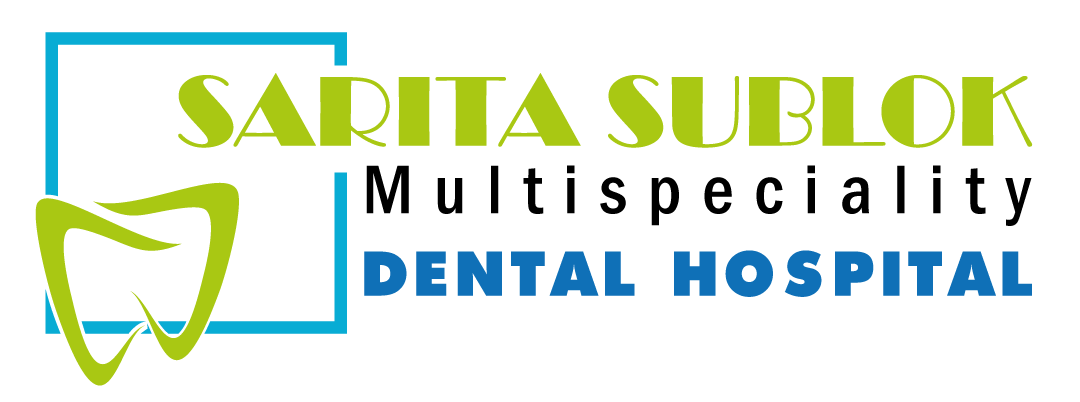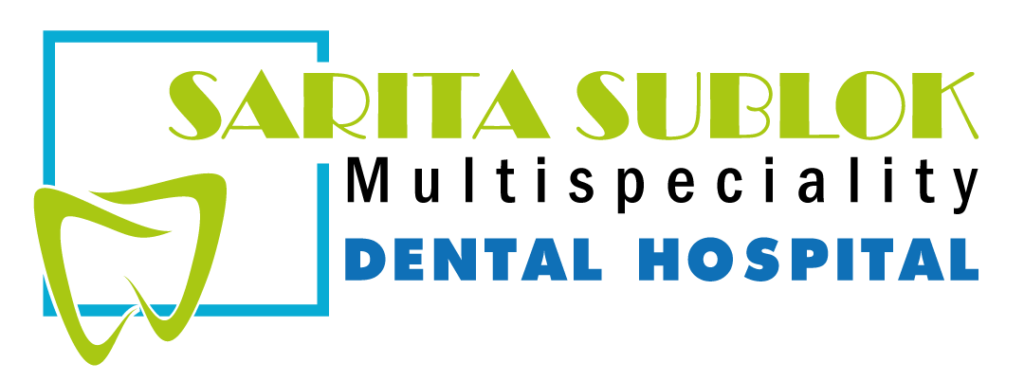In recent years, technological advancements have ushered in a new era for dentistry, and laser technology has emerged as a groundbreaking tool in the oral care domain. Laser dentistry, with its precision and versatility, has transformed various aspects of dental procedures, offering patients a more comfortable and efficient experience. This article explores the principles, applications, and benefits of laser dentistry, revolutionizing the way dental professionals approach diagnosis and treatment. To Know More About It Please Click Here Understanding Laser Dentistry Laser dentistry involves the use of concentrated beams of light energy to perform a wide array of dental procedures. These lasers, which can be adjusted for different wavelengths, have distinct interactions with tissues, making them suitable for various applications in oral care. Applications of Laser Dentistry Advantages of Laser Dentistry Considerations and Future Trends While laser dentistry has shown immense promise, it is essential to consider factors such as cost, proper training for dental professionals, and the need for further research to expand its applications. As technology continues to evolve, the future of laser dentistry holds exciting possibilities, with potential advancements in diagnostics, treatment modalities, and improved patient outcomes. To Know More About It Please Click Here Conclusion Laser dentistry represents a paradigm shift in the field of oral care, offering patients and dental professionals a more precise, efficient, and comfortable experience. As the technology continues to evolve, the integration of lasers into routine dental procedures is likely to become more widespread, contributing to a new standard of care in the dynamic landscape of modern dentistry.
Unveiling the Future of Dental Imaging: The Pioneering Role of Digital Radiography.
In the realm of modern dentistry, technological advancements continue to reshape diagnostic practices, leading to more accurate and efficient patient care. One such groundbreaking innovation is digital radiography, a cutting-edge imaging technique that has revolutionized the way dental professionals capture and analyze radiographic images. This article delves into the world of digital radiographs, exploring their benefits, the technology behind them, and the transformative impact they’ve had on dental diagnostics. To Know More About It Please Click Here Understanding Digital Radiography Digital radiography, often referred to as digital X-rays, replaces traditional film-based radiography with electronic sensors to capture and store dental images. This technology converts X-ray signals into digital images that can be viewed on computer screens, providing a real-time and detailed representation of a patient’s oral structures. Digital radiography encompasses intraoral and extraoral techniques, each serving specific diagnostic purposes with enhanced precision. Key Advantages of Digital Radiography Types of Digital Radiography Integration into Dental Practices The adoption of digital radiography has become increasingly prevalent in dental practices worldwide due to its numerous advantages. Dentists can now store patient images electronically, easily share them with colleagues or specialists, and integrate them into electronic health records for comprehensive patient care. Challenges and Considerations While digital radiography offers numerous benefits, its implementation may require initial investments in technology and training for dental professionals. Additionally, proper patient education about the safety and advantages of digital radiography is essential to ensure acceptance and cooperation. To Know More About It Please Click Here Conclusion Digital radiography stands at the forefront of technological innovation in dentistry, enhancing diagnostic capabilities and ultimately improving patient outcomes. The transition from traditional film-based X-rays to digital imaging has brought about a new era of efficiency, safety, and precision in dental diagnostics. As technology continues to advance, digital radiography is poised to play an increasingly pivotal role in shaping the future of oral healthcare, promising a more streamlined and patient-centric approach to dental imaging.





